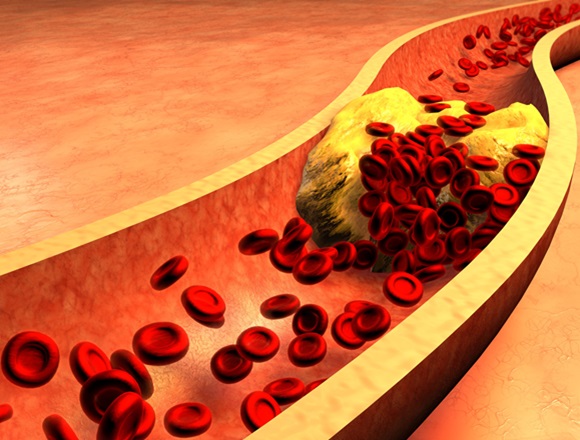References
Bejjani A, Khairani CD, Assi A, et al. When Direct Oral Anticoagulants Should Not Be Standard Treatment: JACC State-of-the-Art Review. J Am Coll Cardiol. 2024 Jan 23;83(3):444-465. doi: 10.1016/j.jacc.2023.10.038. PMID: 38233019.Background: Direct oral anticoagulants (DOACs) are the guideline-supported first-line anticoagulants for millions of patients worldwide for stroke prevention in atrial fibrillation (AF) and for the treatment of venous thromboembolism (VTE). DOACs have been considered for other clinical situations, in which, however, the evidence for their efficacy and safety has not been established with well-designed randomized controlled trials (RCTs) to date. Moreover, there are situations that may not be intuitive or apparent to clinicians, where DOACs can cause more harm than other anticoagulants.
Methods: The American College of Cardiology convened a multidisciplinary panel to address the aforementioned issues. The aims of this review included providing an evidence-based summary as to the efficacy and safety of DOACs compared with vitamin K antagonists (VKAs) for established indications (AF, VTE) and other clinical situations where the efficacy and safety of DOACs are uncertain or where DOACs should be avoided. The panel considered recommendations for the entire DOAC drug class, not for individual DOACs.
Results: In clinical situations other than stroke prevention in AF or treatment of VTE (lower limb deep vein thrombosis [DVT], pulmonary embolism [PE]), there were 3 main findings:
- RCTs suggest that DOACs are not as efficacious or as safe as VKAs in patients with:
- Mechanical heart valves.
- Thrombotic antiphospholipid syndrome.
- AF associated with rheumatic heart disease.
- DOACs do not provide a net therapeutic benefit in patients with embolic stroke of undetermined source.
- The efficacy of DOACs is uncertain in patients with:
- Left ventricular thrombi.
- Catheter-associated upper extremity DVT.
- Cerebral sinus/splanchnic vein thrombosis.
- AF or VTE and severe or end-stage kidney disease (creatinine clearance <30 mL/min).
McMaster editors’ commentary: DOACs have revolutionized anticoagulant management due to their net therapeutic benefits and greater ease of use as compared with VKAs. It is not surprising, therefore, that their convenience in administration (fixed dose regimens, no routine laboratory monitoring) has led to “prescribing creep” into nonapproved clinical situations. If clinicians are to use DOACs in an off-label manner, this should be done in consultation with an appropriate specialist and, if in doubt, the default management is treatment with a VKA. All clinicians should be aware of situations where DOACs are inferior to VKAs and should be avoided.
 English
English
 Español
Español
 українська
українська











